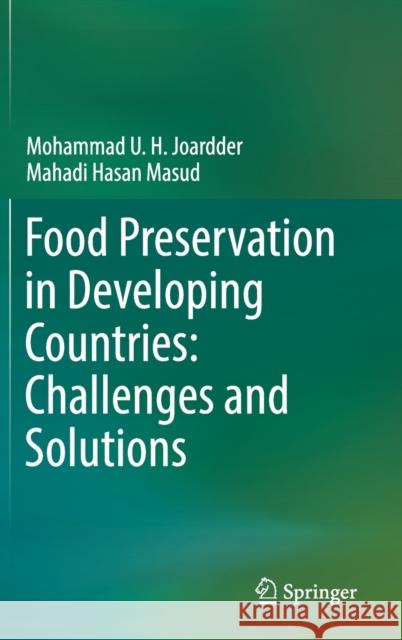Food Preservation in Developing Countries: Challenges and Solutions » książka
topmenu
Food Preservation in Developing Countries: Challenges and Solutions
ISBN-13: 9783030115296 / Angielski / Twarda / 2019 / 245 str.
Kategorie:
Kategorie BISAC:
Wydawca:
Springer
Język:
Angielski
ISBN-13:
9783030115296
Rok wydania:
2019
Wydanie:
2019
Ilość stron:
245
Waga:
0.54 kg
Wymiary:
23.39 x 15.6 x 1.6
Oprawa:
Twarda
Wolumenów:
01
Dodatkowe informacje:
Wydanie ilustrowane











